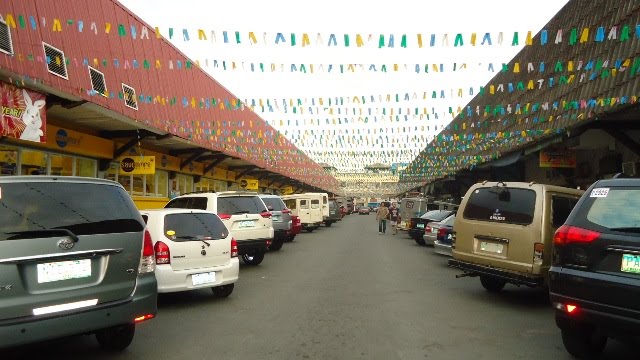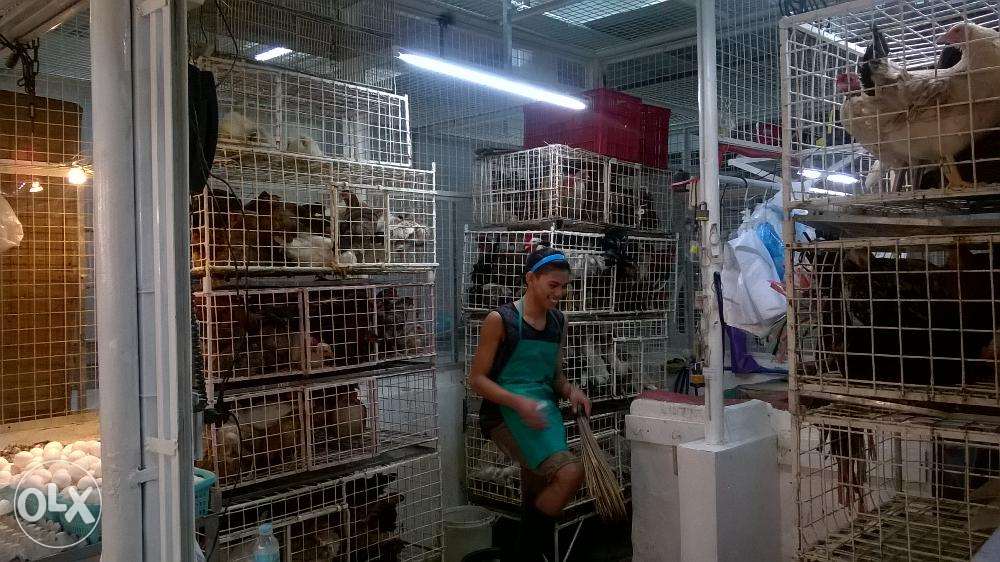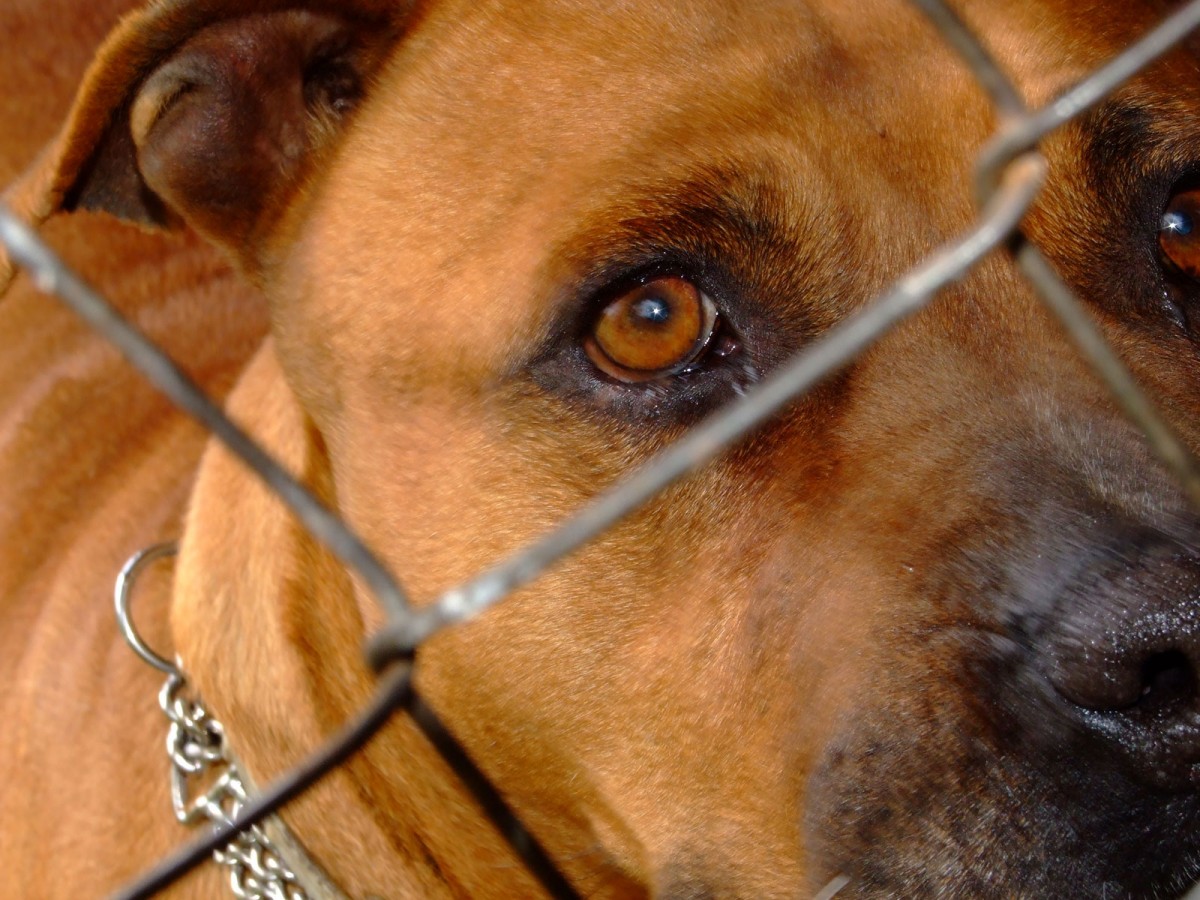PAROLE THE ANIMALS, SAVE THE ENVIRONMENT
Feb. 6, 2017
 [sgmb id=2]
[sgmb id=2]
BY TED LERNER
Living in a country other than your own often forces the foreigner to deal with competing, conflicting emotions. On the plus side of living abroad, you can feel like a tourist every day, with a detached wonderment at even the smallest of things. Who doesn’t like being a tourist, a gawker, a voyeur?
If you cannot maintain the freshness of the traveler, though, you will certainly encounter the down side of living abroad. That’s when you get too attached, too close to what you’re seeing. You start to complain, to want to do something about it. It’s an inevitable trap for the expat. But it’s always at this point that you must try to remind myself, “don’t forget where you are. It’s not your country. Just sit back and check it out.”
But it is my daughter’s country, her being half Filipino and having been born and raised here. Recently she came back from college in the US for a few weeks over Christmas break. One day we were out taking our dogs for a walk in our neighborhood and we came across more than one case of other people’s dogs chained to short leashes, or stuck in cages barely big enough to move. My daughter loves animals and she was nearly in tears being reminded of the harsh reality many dogs and other animals face in this country.

Cartimar Market is located in an older Manila strip mall and is always bustling with people, and animals of every shape and size.
We weren’t in the mood to confront any of the owners but the sorry sights we had just witnessed led us to talking about the time ten years earlier when I took her to Manila’s famed/notorious Cartimar market. At the time she was an excited nine year old who was about to cash in on that birthday puppy I had promised her some months back. I was excited too, but more along the lines of the traveler combing through exotic environs. I simply love open-air, public markets.
I had been to Cartimar before several years prior and had never been able to erase the memory from my mind. Shop after tiny little shop, all packed to the rafters with caged animals, reptiles, birds and fish. Every conceivable creature was up for sale, and some that were inconceivable. Thousands of dogs big and small. Thousands of birds both ordinary and exotic. Quantities of fish that rival the numbers you’d find swimming around a teeming reef in Puerto Galera. Boat loads of lizards, snakes and mice. It was exhilarating. It was cruel. It was amazing. It was sad.
The competing emotions this time began right at the start. My daughter wanted something “cute and fluffy.” Near where we parked the car, we walked into an empty looking shop and met the sweetest little dog that seemed to fit the requirements. As we approached the tiny cage, Ms. Fluffy stood up and stuck her wet, black nose through the bars and waged her tale, moving her tiny body in excitement. She couldn’t speak, of course, but her big, eager eyes said it all. “Please take me. I will love you ‘til the end of time.” According to the attendant in the shop, the dog was one and a half years old. He wanted P10,000 for her.
“What?” I cried loudly in astonishment. “Why so much?”
“This is a French Poodle sir,” the young man said. “Very expensive breed.”
“I don’t care if it’s French, Russian and Canadian all wrapped up into one,” I said. “This thing’s been stuck here for a year a half and you’re still trying to get P10,000 for her? It’s cruel. I’ll give you two grand right now.” He just laughed and said he couldn’t give that kind of discount.
“Have some mercy on the animal my friend,” I said. He eventually came down to P8000, but we thought it still outrageous. I think Ms. Fluffy shed a tear as we exited the shop.

Native chickens on sale inside Manila’s Cartimar Market
In a nearby small shop, a foreign lady had a giant cobra wrapped around her body, obviously showing off how daring she was. The next shop resembled an animal Wal-Mart; stacks of cages with various breeds of dogs barely able to move and aquariums full of snakes and white mice crawling all over each other. On the sidewalk big colorful birds, all wishing Harry Houdini would buy the store, flapped inside their tiny cages. By the doorway I noticed a box of about ten turtles, sitting on the sidewalk and baking in the hot sun.
It went on like this for several blocks. Besides the stunning visuals of literally thousands of animals on lockdown, what struck me were the sounds; a veritable symphony of barks, chirps, whistles, whines, meows, squaks and hissing sounds filled the hot afternoon air. I wondered how traumatized some of these creatures must be.
Eager to find a suitable puppy we quickly wandered into nearly every shop. Some of the dogs don’t even acknowledge you. Others stand up and stare out of the cages with their big, lonely eyes, practically begging to be picked. When a dog is let out of the cage, all the other dogs start barking. If you could translate this they’d be saying: “Hey where do you think you’re going? You’re not getting out of this jail? Who do you think you are?” Dogs are very much like people. The crab mentality always prevails.
Across the road in another row of shops we met a giant albino canine, which the owner claimed was a Great Dane. This beast looked to be a cross between a horse and a dinosaur, with a massive head and a huge gray body. He could barely fit inside the cage and he had almost no room to stand up. In the back of the shop a desperate looking peacock stood stuffed in its cage, unable to turn around, much less spread its feathers.
“Daddy look at that peacock,” my daughter said. “It can’t even spread its wings. That’s not right.” Overwhelmed at everything I was seeing, I could only concentrate on the Great Dane.
“How old is the Great Dane?” I asked the shop attendant. He said it was one year old. It occurred to me that this giant creature has probably never had a day of exercise in its life. As we exited, the word “luck” kept popping into my brain. Some puppy we never knew was about to hit the dog version of the lottery. And all by pure chance.
What about the ones that never get picked? It’s not a pretty picture. They languish in cramped cages. They never get exercise and I didn’t notice one bowl of water anywhere. A lot of the dogs are covered in thick fur and they sit and wallow in the hot sun and there’s no fan to cool them off.
This wasn’t a pet market. This was the equivalent of an animal prison.
After about an hour it was all getting to be too much. But I also had work to do; get my daughter her birthday gift. She had decided the breed would be a Japanese Spitz. Every shop had at least one of these too-cute fluffy white puppies. And everybody wanted at least P4000 for one. Nobody would give a discount.
Having to fulfill my daughter’s wishes, I knew I was in for the four grand, but, at the same time, the futility of it all just floored me. I couldn’t quite understand why somebody just didn’t sell their Spitz for, say, P2000. After all there were so many of them in the market. When there’s an oversupply of carrots in the market, the price of carrots goes down, right? Here at Cartimar these weren’t vegetables on sale. These were live creatures. How can there be a fair market value on a live creature? Especially when they are living like prisoners?
I can understand, perhaps, trying get the fair market value for an animal at first. The animals, though, shouldn’t be kept only until they sell, as if they were cars. There should be a limit with rules enforced by the government. After, say, four months, the dogs should be sold at half price, or given over to families and organizations which have agreed to take care of them. As it was the situation for these animals was intolerable. The animals have done nothing wrong. They have broken no law. Why is this barbarism allowed to continue?
Before we settled on one particular six-week old very lucky spitz, I walked past a shop and noticed two small fluffy dogs sitting in tiny cages on the floor in a back corner. I walked to the back of the shop, and noticed how dark and lonely it felt there. Then I crouched down and met eyes with two of the cutest little dogs, each in its own tiny dark cage, bored to tears and obviously dying to get out. I stuck my finger up to the cage and the one started licking it and moving excitedly.

Any visitor to the Cartimar animal market is constantly greeted with sad eyes like these.
”How much for these dogs here?” I called out to the owner sitting in front.
”They’re not for sale,” she replied without turning around.
“Are they your pets?”
“Yes.”
“Then why don’t you let them out of the cage? They’re your pets right?” She responded with an annoyed laugh. My daughter was reading my mind.
“I wish I had P1 million,” she said. “I’d buy up all the animals and let them go free. And especially the peacock. It should be free to show its big, beautiful feathers. Because it likes to show its feathers. That’s what a peacock does, right Daddy?”
“That’s a very nice thing sweetie,” I said, and that was all I could think to say.
On the way home, while my daughter cuddled her new puppy, I wrestled with those conflicting emotions again–this time exhilaration and frustration–and pondered the immortal words of Mr. T.P. Sampat, the caretaker I once met at a Goshala in India. Goshalas are the old-age homes for aging cows in India, where the animals are considered sacred.
“To save the environment,” he told me, “you must protect and serve the animals and birds.”
Which means you don’t have to go very far around here to know the environment in this country must be a disaster.
But that’s another story. Or is it?
*Ted Lerner is the author of the classic book “Hey,Joe—a slice of the city, an American in Manila,” as well as the book of Asian travel essays, “The Traveler and the Gate Checkers.” Both books are available in hard cover and e-book on Amazon.com. He also works in professional boxing as a writer and ring announcer, and professional billiards as a writer and TV commentator. He has lived in the Philippines for 21 years. Visit his website at tedlerner.com
[sgmb id=1]











